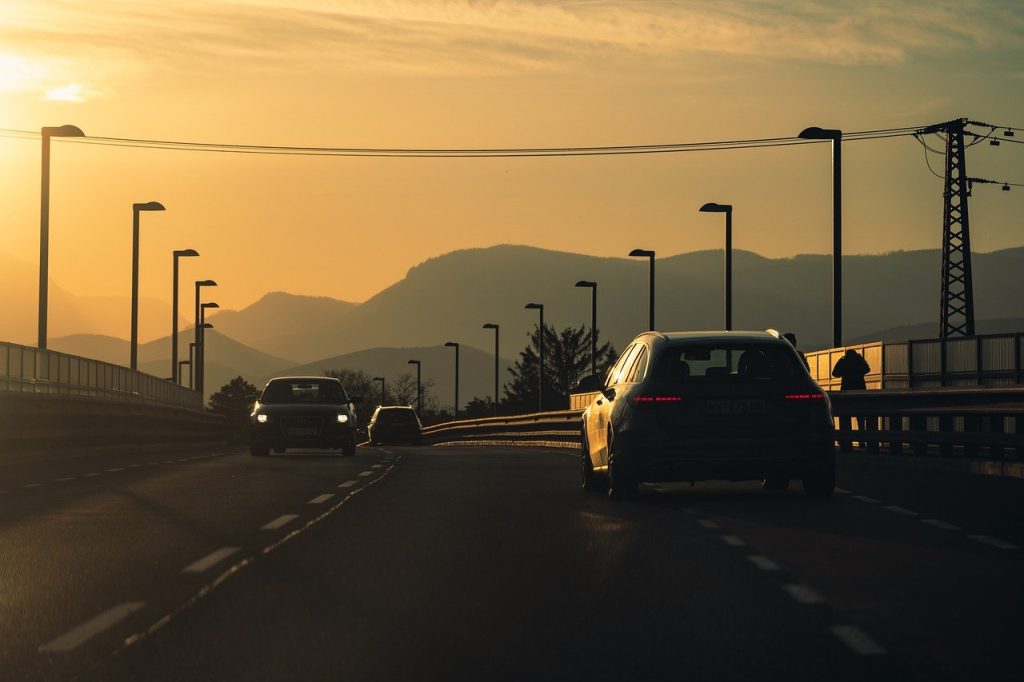As Daylight Saving Time has ended and we’ve now fallen back to shorter days, it’s important to take extra care on the roads, especially during nighttime and evening driving.
With shorter days and the holiday season upon us, people now find themselves spending more time on the road doing nighttime and evening driving which is more dangerous than any other time of day. In fact, the risk of a fatal crash is three times greater at night, according to National Safety Council research.
To help combat the possibility of compromised depth perception, color recognition and peripheral vision along with the glare of headlights from an oncoming vehicle that can temporarily blind a driver, here are ten tips you can use to battle the dark and improve your evening driving:
>To make sure your vision is all it can be, don’t forget to have an annual eye exam. If you wear glasses, make sure that you bring them with you before hitting the road. >Slow down to compensate for limited visibility, reduced braking times and, if you’re older, compromised night vision.>Keep your windshield clean to eliminate streaks
>Make sure your headlights are aligned correctly and they’re clean
>Look away from oncoming lights
>Aim your headlights correctly, and make sure they are clean
>Get seven or more hours of sleep a night
>Don’t drive if you’ve been awake for 16 hours or more
>Pull over and take a nap if you’re drowsy
>Travel during times you are normally awake
Security Specialists Wants You to Stay Alert so You Can Stay Alive this Autumn!











